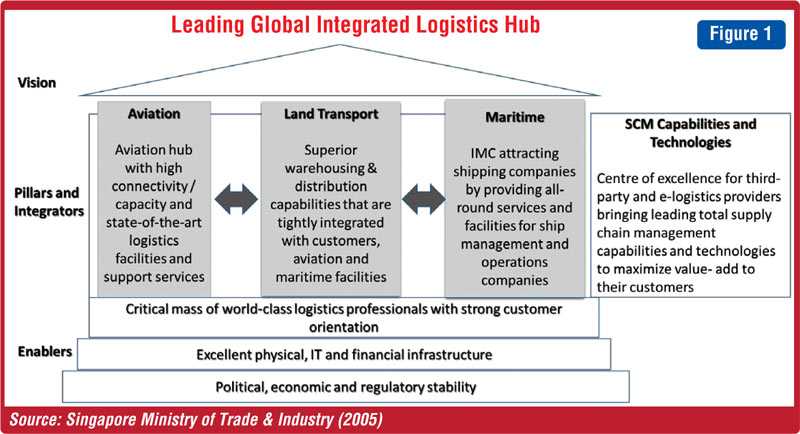Monday Dec 08, 2025
Monday Dec 08, 2025
Monday, 7 December 2020 00:39 - - {{hitsCtrl.values.hits}}

 Introduction
Introduction
That Sri Lanka was a pivotal point in the global east-west trading system through the ages is an indisputable actuality. Endowed with rich natural resources producing commodities such as precious gems, magnificent pearls, exotic animals, rare ivory and tortoise shells, exotic spices such as cloves, nutmeg, cinnamon, pepper, cardamom attracted foreign traders to the shores of Serendib straddling the famous silk route.
Availability of clean water, materials for ship repairs and an assured supply of craftsmen gave an added impetus for ancient Sri Lanka to be known as a vibrant trading hub. From as far back as 6th century B.C., Ceylon had been engaged in foreign trade. Galle at the southern tip of the island, in the vicinity of main sea route connecting east and west, was a great trading point.
Greek writer Cosmas claims that goods from many ports in India, Male, China, and Persia were brought to Ceylon for onward carriage and distribution.
While ships were regularly visiting Ceylon for its indigenous produce, it also served as a trading centre that facilitated the exchange of goods from other countries, brought specifically for re-export. Ceylonese also sent many of their own ships to foreign ports. This reflects the importance of the island nation that gained the recognition in maritime commerce as an entrepot in the Indian Ocean.
Five strategic hubs
If Sri Lanka was a trading hub in ancient times, it can restore its primacy in modern times. Reviving its old reputation as a preferred trading hub, the Government in year 2010 embarked on the five-hub concept to spur trade-led economic growth.
The policy statement envisaged the creation of an economic centre in Asia, by developing five strategic hubs; viz. Naval and Maritime, Aviation, Commercial, Energy and Knowledge.
The raison d’être of the proposal was the strategic location and the advantages intrinsically available and such advantages that can be easily created to supplement them.
If current trends of development in global trade continues for the next couple of decades, there is no doubt that Asia would emerge as the economic powerhouse of the world. That itself is a valid reason as to why Sri Lanka should entertain the ambitious vision of being the main hub in Asia.
Naval and Maritime Hub – Creation of a central locale with the requisite maritime infrastructure and technology that would facilitate international trade and transport, ship building, ship repairs, fisheries and ancillary facilities needed for defence and security of the region
Aviation Hub – Sri Lanka is positioned within 6-8 hours of travel time to most destinations in the fastest growing travel regions, that account for nearly 50% of the world population. The focus was on attracting the travel flow of emerging and promising routes.
Commercial Hub – Developing a Singapore-type model providing commercial services to the region in International banking and investments.
Energy Hub – It envisaged developing renewable energy sources and also an international petroleum exchange for futures and options for energy related commodities.
Knowledge Hub – A carefully nurtured collection of knowledge-intensive institutions and organisations private, public and also foreign capable of generating, storing, transferring, applying and transmitting knowledge through education and training with the ultimate objective of economic and social development.
Amidst many derailed plans and inconsistent policies, I am not quite sure how far Sri Lanka has progressed in achieving the vision of five hubs. However, if you go through the listed focus areas under each, one can understand how far behind we have lagged in our reach for those ambitious targets. Nevertheless, we are still not too late to harvest the fruits of hub strategies at least in the areas of our emergence as a logistics hub in Maritime and Aviation.
Logistics Hub
To remain competitive, manufacturers must ensure that the links of the value chain are located in places where they can take advantage of lower costs or economies of scale. They must also ensure that their finished products are as near as possible to the final consumer location. To make the maximum between cost efficiency and responsiveness of the supply chain the integration between different players in the supply chain is vital. Such integration will bring the manufacturers, shipping lines, air lines, haulers, warehouse operators, 3 PL’s and a whole lot of logistics related service companies in a single location. Therefore, a logistics hub is a definite enabler of such integration.
What it takes to be a global integrated logistic hub
Ranked by the World Bank as Asia’s top logistics hub for 10 consecutive years, Singapore offers world-class connectivity to the region and beyond. The unprecedented boom in regional cross-border trade and consumption strengthens Singapore’s relevance as a secure, highly efficient logistics and supply chain management hub.
The key features of an integrated logistics hub are shown in Figure 1 as outlined by the Singapore Ministry of Trade and Industry Working Group on Logistics (2005) which was set up to recommend key strategies to enhance Singapore’s competitiveness as a logistics hub.
Are we on course?
Based on various discussions, and proven records of existing regional hub players, the key criteria identified for the setting up an integrated logistics hub are:
Strategic location, along main shipping and air routes
World class air and seaports
Efficient and adequate logistics infrastructure
Cost effective multi-modal transfer of cargo
Ability to provide value added services at the hub
Reasonable port and airport tariffs
Limited government intervention and bureaucracy
Although Sri Lanka appears to have a splendid geographical setting for becoming a logistic hub, its efforts to fully exploit the advantage of its geographical location is minimal at best. While we may possess the potential to meet all criteria as well, we are missing the foundational requisites (enablers as described in Figure1) to build a global integrated logistics hub.
Fix the spokes to put the hub in its place
Since of late ’70s Sri Lanka was focused on ‘transshipment hub’ and even to date we have not been able to move beyond that. On the other hand, at domestic level, we have a port in Hambantota that remains heavily underutilised while those in Trincomalee and Jaffna lack attention to proper port infrastructure development.
Confronted by a number of significant challenges, it is imperative for Sri Lanka to improve its infrastructure, technology and other capabilities. It is important to work on the robust regulatory and legal framework to accommodate world class logistics service providers and key global players, in a level playing field. On the legal perspective, domestic regulations and policies that govern maritime cross-border trade and logistic affairs must efficiently adapt to international best practices while protecting national interests.
Contd. on Page 13
Our existing labour laws are not business friendly and are not conducive enough to draw long term investment in the logistics industry. The immediate example is the unrest caused by trade union action at different terminals, a few weeks ago when some COVID-19 positive cases were reported.
A regional logistics hub cannot afford to lose such a high number of calls by vessels simply over the inability or the unpreparedness to effectively deal with such crisis situations. In Singapore, workers employed in certain essential services, including public transport, cannot go on strike unless they have given their employer at least 14 days’ notice of their intention to strike. In UAE Labour Law expressly prohibits strike or union action and can potentially amount to criminal behaviour under the UAE and Dubai Penal Codes.
The pandemic has pushed us some way up on the paperless process. Yet there is marked and substantial resistance due to hide bound systems and procedures institutionalised by an outdated Customs Ordinance.
As we stated in an earlier article Sri Lanka has not made much progress in terms of achieving full status of a National Single Window for over 25 years now. It is important for Sri Lanka to facilitate and encourage the integration of social paradigms such as digitalisation, ‘uberisation,’ and e-commerce within its open economy.
Conclusion
A hub is the central core of the wheel from which radiates the spokes of the larger peripheral circle. It is also the repository around which the rest revolve. Likewise, we cannot discuss our imagined logistics hub while turning a blind eye on the rest of the wheel.
A progressive policy that avoids bureaucratic rigidity that stifles innovative thinking is a sine qua non for us to take us to where Singapore and Dubai are in terms of global logistics hubs. There is a lot to learn from Singapore, from its very strict laws to its zero tolerance for corruption.
We have learnt that there was a time when Singapore wished to emulate Sri Lanka. The tables have changed. Yet, Sri Lanka while 90 times larger with four times the population of Singapore with an abundance of natural resources is where the rabbit slumbered while the tortoise reached the winning stake.